
[Fielder x ACTIVITY JAPAN serialization project] How to earn in the forest
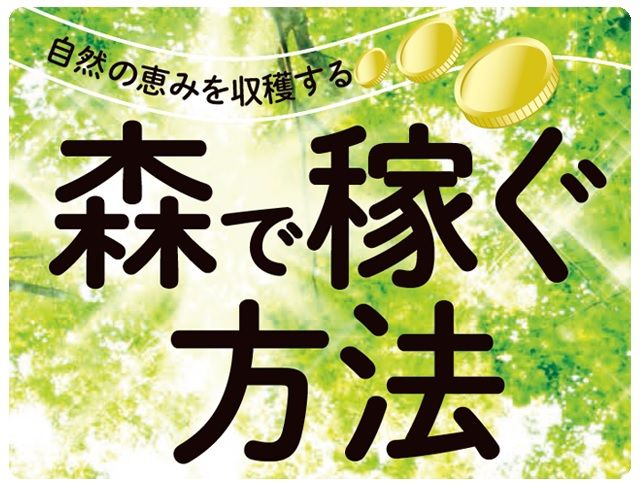
A lot of natural products are rolling in the forest around us. Have you ever wondered how much it would cost to sell it? Here, I have collected the "how to earn money by collecting in the forest" that is whispered. One thing to keep in mind is that you must not enter private land without permission and harvest them. You must get permission. Also, even if allowed, overfishing and vandalism is absolutely NG.
1 driftwood
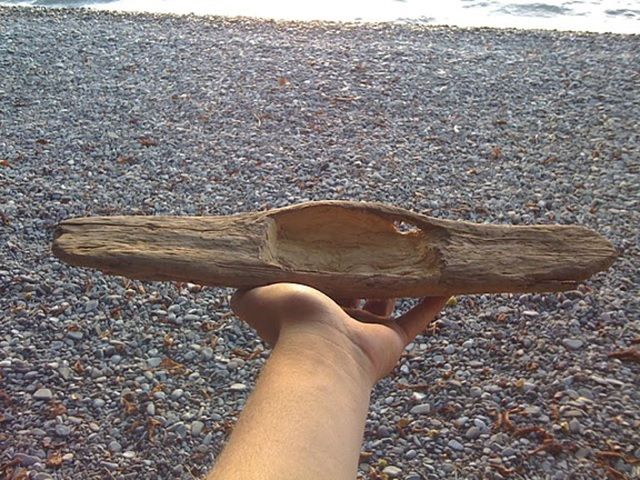
Prices vary greatly depending on shape, size and condition
Driftwood, which can be seen everywhere in the river, is in demand as a material for interiors and products. There are purchasers, and the price may range from a few hundred yen to a few thousand yen. Many are put up for personal auctions, and those in good shape and condition may sell. By the way, the ones used in the aquarium need to be boiled in a pot or soaked in water for several months to remove the lye.
② Wild vegetables
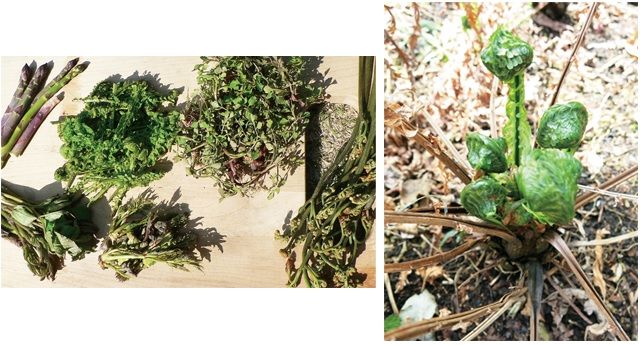
Even if it grows a lot, it is NG to take root
Depending on the type and region of the area, you can get edible wild plants from April to the end of June. Depending on the area, there are supermarkets and distributors who start buying wild plants from the general public during the season. Since freshness is the life of edible wild plants, it seems that there are many trends such as shipping harvested edible wild plants in the morning. There is also a method of delivering after processing, in which case it takes time, but the purchase fee will increase. If the roots are removed, the stock will decline the following year, which will cause damage to nature, so be careful to keep it within the range of regeneration.
③ Beetle & stag beetle
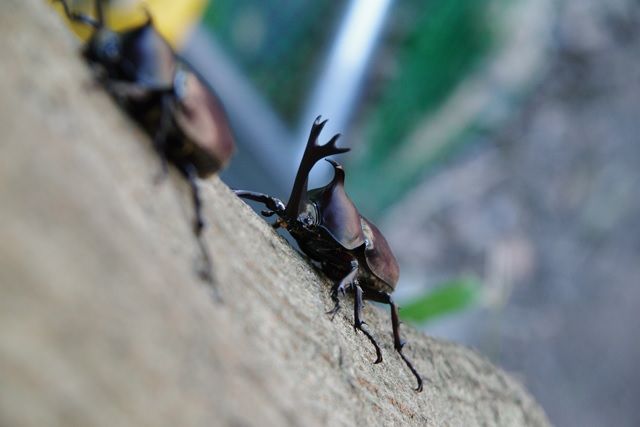
Why don't you try collecting insects instead of your childhood?
Some beetle and stag beetle wholesalers buy from the general public. Prices fluctuate depending on the time of collection, and the rarer the variety, the higher the price. By the way, most large shops such as home improvement stores do not buy, but if you are an individual insect shop, you may be able to buy it by contacting us directly. However, since the shop basically secures a purchasing route, you cannot expect the amount of money even if you buy it. A pair costs about 100 yen.
4 gold

Take your time and enjoy the treasure hunt
Placer gold is said to be available in 95% of rivers in Japan. There are purchasers, but since the gold content varies depending on the collection area and the individual, the purchase price cannot be guessed unless it is submitted for assessment. For that reason, it does not seem to be profitable because it takes time to collect. Feeling like a treasure hunt, you can enjoy it as part of your hobby. However, since collection is prohibited in places that are considered as mining areas (the range of land covered by mining rights), check in advance.
5 tree nuts
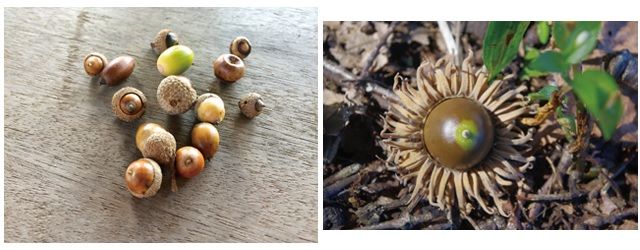
Let's carefully select the shape and size
Demand for nuts such as acorns and pine cones is surprisingly high because they are used in crafts, interiors, flower materials, and crafts. Even if you get a lot of them, it seems that it is more mainstream to put them up for personal auction than to have them bought by a trader. When I looked into the auction site, most of them were pine cones and the price was set at about 500 yen for 50 pieces. Demand will increase during the season when it is not available, so it will be easier to win bids. By the way, acorns may have insects inside, so it is recommended to boil them once.

To the top of "Fielder x ACTIVITY JAPAN serialization project"